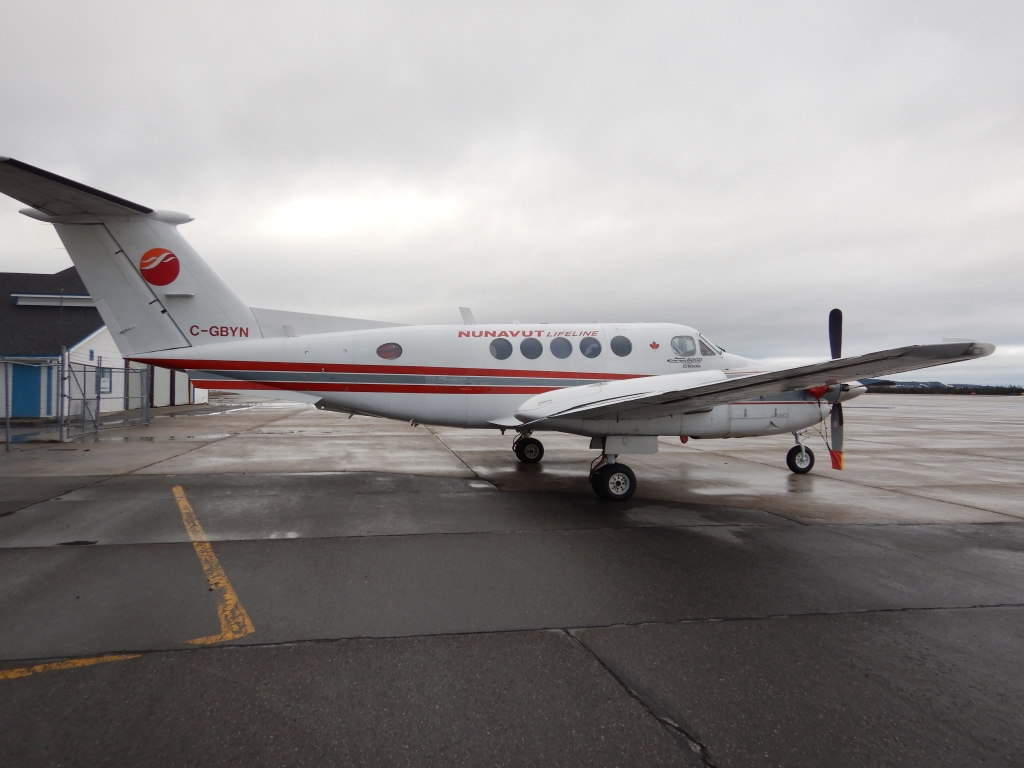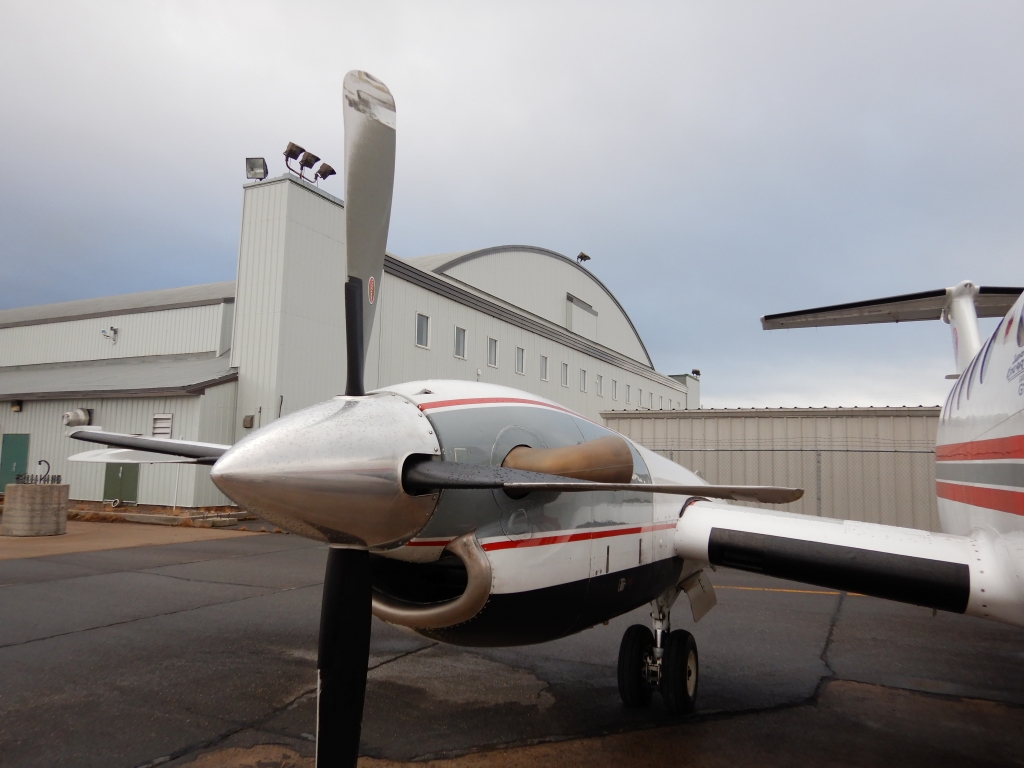Emergency declared with return and runway overrun
Keewatin Air LP
Beechcraft B200 King Air, C-GBYN
Goose Bay Airport (CYYR), Newfoundland and Labrador
The occurrence
On 13 April 2024, a Beechcraft B200 King Air aircraft, operated by Keewatin Air LP, was conducting a flight from Goose Bay Airport, Newfoundland and Labrador, to Ottawa/Macdonald-Cartier International Airport, Ontario, with 2 crew members and 3 passengers on board.
Shortly after departure, the flight crew received an engine fire indication and then declared an emergency with air traffic control, requesting to return to the airport. The crew then proceeded to shut down the engine and conducted a single-engine visual approach landing.
After touchdown, the aircraft struck 2 runway end lights as it overran the runway and came to rest around 30 feet beyond the runway end lights. There were no injuries, and no damage to the aircraft. The TSB is investigating.
Media materials
Deployment notice
TSB is deploying a team of investigators following a runway overrun at the Goose Bay Airport, Newfoundland and Labrador
Dartmouth, Nova Scotia, 13 April 2024 — The Transportation Safety Board of Canada (TSB) is deploying a team of investigators to the Goose Bay Airport, Newfoundland and Labrador, following a runway overrun of a Beech B200 Super King Air aircraft registered to Keewatin Air LP. The TSB will gather information and assess the occurrence.
Investigation information
Download high-resolution photos from the TSB Flickr page.
Class of investigation
This is a class 3 investigation. These investigations analyze a small number of safety issues, and may result in recommendations. Class 3 investigations are generally completed within 450 days. For more information, see the Policy on Occurrence Classification.
TSB investigation process
There are 3 phases to a TSB investigation
- Field phase: a team of investigators examines the occurrence site and wreckage, interviews witnesses and collects pertinent information.
- Examination and analysis phase: the TSB reviews pertinent records, tests components of the wreckage in the lab, determines the sequence of events and identifies safety deficiencies. When safety deficiencies are suspected or confirmed, the TSB advises the appropriate authority without waiting until publication of the final report.
- Report phase: a confidential draft report is approved by the Board and sent to persons and corporations who are directly concerned by the report. They then have the opportunity to dispute or correct information they believe to be incorrect. The Board considers all representations before approving the final report, which is subsequently released to the public.
For more information, see our Investigation process page.
The TSB is an independent agency that investigates air, marine, pipeline, and rail transportation occurrences. Its sole aim is the advancement of transportation safety. It is not the function of the Board to assign fault or determine civil or criminal liability.

